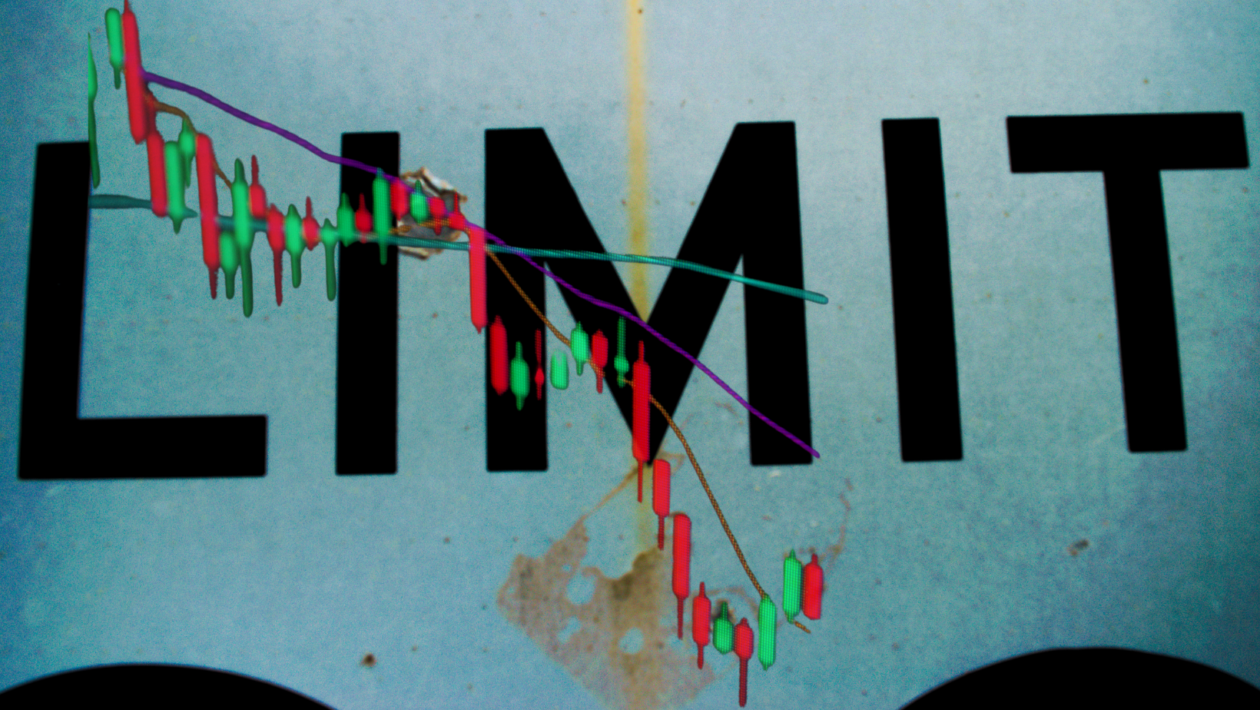In the digital age, it is clear that the traditional financial systems of the past are no longer sufficient. As the world becomes increasingly reliant on technology and the internet, the vulnerabilities and limitations of centralized exchanges have become increasingly apparent.
One recent example of this is the troubles faced by the centralized exchange FTX. These issues highlight the risks and vulnerabilities associated with centralized exchanges and demonstrate the need for a new financial system that is more secure and transparent.
Decentralized on-chain limit orders represent an alternative to centralized exchanges, offering improved security, transparency and accessibility. These benefits make decentralized on-chain limit orders a compelling option for traders and industry leaders looking to build a more secure and transparent financial system. In particular, a new type of limit order called “concentrated limit market maker” (CLMM) offers a number of advantages over traditional limit orders, making it a potential game-changer in the world of crypto trading.
Decentralized vs. centralized exchanges
In comparing centralized exchanges to decentralized on-chain limit orders, it is clear that the latter offers a number of benefits that make them a superior option.
One of the main benefits of decentralized on-chain limit orders is improved security. Decentralized on-chain limit orders are stored on a decentralized ledger, making them more secure and resistant to tampering or interference. This is in contrast to centralized exchanges, which are vulnerable to cyber attacks and hacks and can result in the loss of user funds and damage to the exchange’s reputation.
In addition to improved security, decentralized on-chain limit orders also offer increased transparency. Decentralized on-chain limit orders are stored on a public ledger that is transparent and easily auditable, helping to build trust and confidence among users and regulators. In contrast, centralized exchanges often operate without full transparency, making it difficult for users to know exactly how their trades are being handled and for regulators to effectively monitor the market.
Another benefit of decentralized on-chain limit orders is greater accessibility and convenience. They can be accessed from anywhere with an internet connection, and the process of placing a trade is often more streamlined and user-friendly compared to centralized exchanges. This makes decentralized on-chain limit orders a more appealing option for a wider range of users, including those who may not have the technical expertise or resources to use centralized exchanges.
What is a CLMM limit order?
The new type of limit order called “concentrated limit market maker” (CLMM) offers a number of advantages over traditional limit orders, making it a potential disruptor in the exchange space.
When a limit order is placed directly on the blockchain on a concentrated liquidity decentralized exchange (DEX) instead of any intermediate repository, it is known as a CLMM limit order. Unlike traditional off-chain limit orders, there are no nodes, bots or order books to assist in placing orders.
CLMM limit orders utilize a modified version of the concentrated market maker, which uses constantly spaced ticks to distribute and traverse liquidity. The idea is to superimpose limit order liquidity on these CLMM ticks, allowing traders to concentrate unidirectional liquidity on those ticks.
This approach solves many issues arising from traditional off-chain limit orders. For example, CLMM limit orders are entirely transparent, as they are placed on the blockchain. They also offer efficient liquidity, as any limit order placed in a DEX adds to the liquidity in the exchange rather than dragging it. In addition, CLMM limit orders have fewer dependencies than off-chain counterparts and are autonomous, meaning that trades are programmed to be executed as soon as the price reaches the specified level.
There are also some potential drawbacks to CLMM limit orders. They may incur higher gas costs compared to off-chain counterparts, as more operations are carried out on-chain. In addition, the withdrawal of proceeds from the exchange must be initiated by the trader, as there is currently no efficient mechanism for automatically pushing the trade proceeds to the trader.
The future of crypto trading
Decentralized on-chain limit orders, including CLMM limit orders, represent a significant advancement in the world of trading and financial systems. With improved security, transparency and accessibility, they offer a secure and transparent alternative to traditional centralized exchanges.
As decentralized on-chain limit orders continue to gain traction and acceptance in the financial industry, it is clear that they have the potential to shape the future of trading and financial systems. In the coming years, it is likely that we will see a significant increase in their adoption and use, and they may play a central role in shaping the future of crypto trading.
Given the numerous benefits of decentralized on-chain limit orders, it is important for industry leaders to consider implementing them in their own operations. By doing so, they can contribute to the development of a more secure, transparent and accessible financial system for all.

